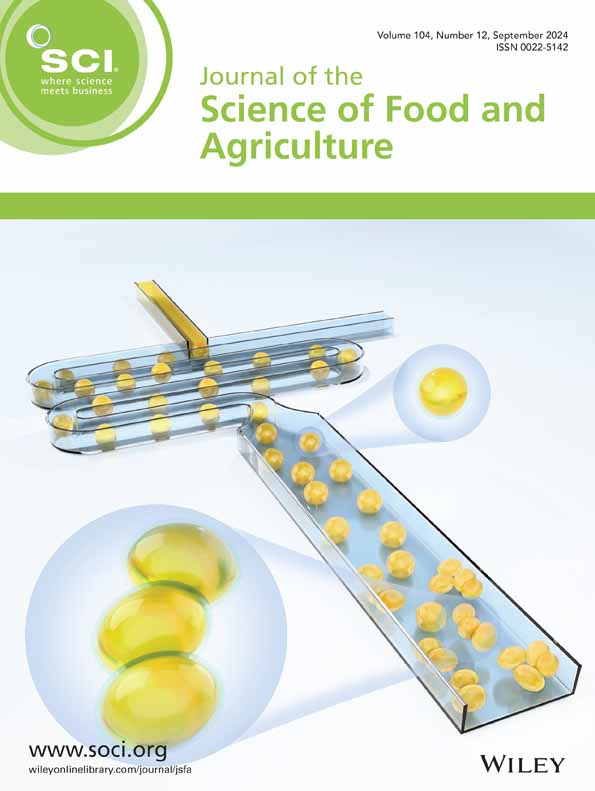Effects of high‐pressure and CaCl2 pretreatments on the salt taste‐enhancing activity of hydrolysate derived from spent hen meat
Abstract
Background: High-sodium intake has been proven to bring serious risks to public health. A potential sodium substitute of salt taste-enhancing hydrolysate (STEH) of protein has been focused on recently. The salt taste-enhancing activity (STEA) of STEH still needs to be improved. High-pressure and calcium chloride (CaCl2) pretreatments were reported to affect proteolysis and promote the release of bioactive peptides. Hence, we investigated effects of high-pressure and CaCl2 pretreatments on hydrolysis and STEA of STEH derived from spent hen.
Results: The pretreatments significantly influenced STEA of spent hen meat hydrolysate (SHH), especially 200 MPa pressure and 80 mmol L-1 CaCl2 pretreatments increased 27.1% salt taste intensity of SHH compared to that of blank (without pretreatments) according to sensory evaluation, the SHH umami also increased after pretreatments. In SHH, the proportion of peptides < 1000 Da increased up to 79.37% after the pretreatments compared to 73.68% of the blank. The degree of hydrolysis (DH) increased to 19.45% for moderate high-pressure (200 MPa) from 18.02% for blank, and the DH decreased after higher high-pressure and CaCl2 pretreatments, especially for CaCl2 in 80 mmol L-1. The change in particle size distribution of SHH has similar trends to DH.
Conclusion: High-pressure and CaCl2 pretreatments increased STEA of SHH by affecting hydrolysis process. The STEA increase may be related to increased small-peptide proportion in SHH. Meanwhile, moderate high-pressure may promote protein unfolding and further increase DH according to particle size distribution of SHH. The combination of proteolysis and pretreatments of high-pressure and CaCl2 is a promising method to produce STEH. © 2024 Society of Chemical Industry.





